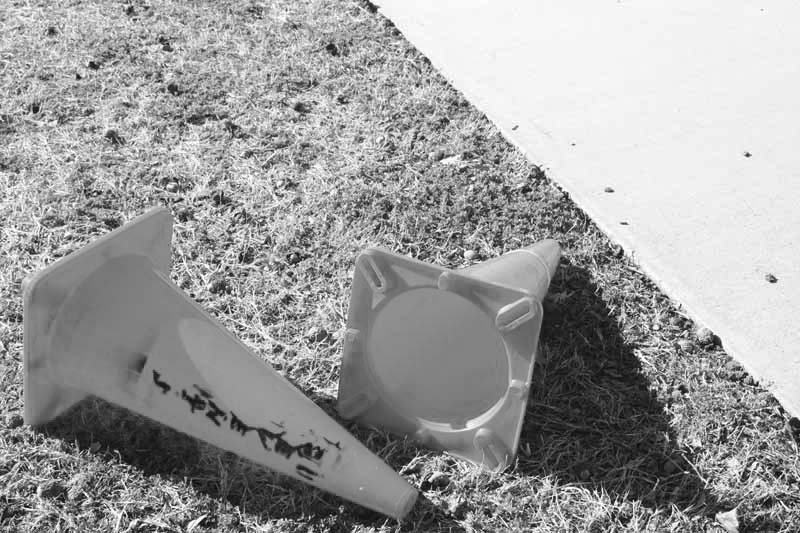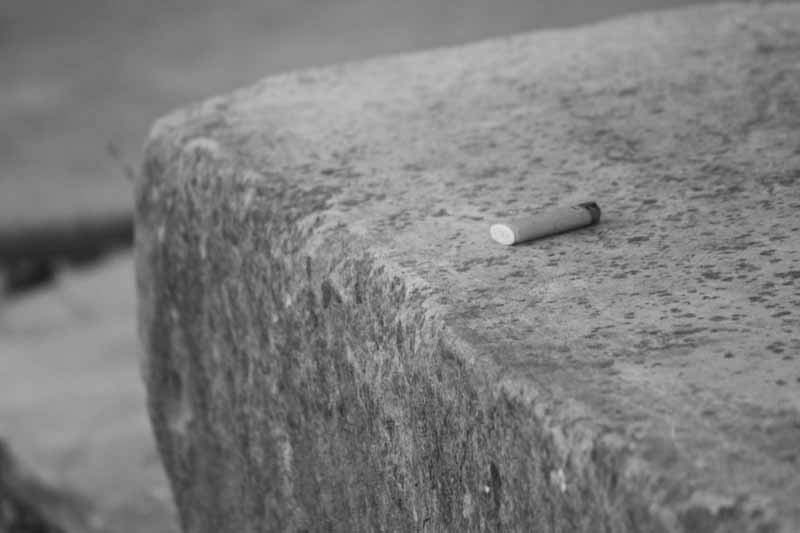 |
 |
 |
| Semiotics | Discourse II | Visual Objects |
 |
 |
 |
| Semiotics | Discourse II | Visual Objects |
| Methodology The goal of this project will be to analyze these manufactured objects through photographs, using one of the following visual methodologies: semiotics, discourse II, and analysis of visual objects. In particular, I hope to answer the following: Why does litter get relegated to the background of our looking (ie, why do we look past it)? While I don't explicitly analyze or caption the images in this work (a technique I learned from Tim Edensor), I do place the images within the context of my analysis in a way that I hope will allow you, the viewer, to draw your own conclusions about what you see. Tim Edensor's unique perspective of seeing the story that places and items long neglected have to tell provides the main framework from which I have looked at these images. |
| Motivation Like most college campuses, Southwestern is a site where the occasional litterbug leaves his mark or where the cacophony of the most recent construction project echoes across campus. While both situations exemplify humanity's foray into nature, they reveal something else as well. Both the off-hand (no pun intended) acts of littering and constructing a new building show how manufactured culture comes to pervade even the natural environment. Further research has revealed that rather than just obstructing nature, removing these manufactured objects out of their environment can actually be a revelatory experience. |
| Audience The audience for this project can quite frankly be anyone. If this project convinces an individual to take a second look when passing by a construction site or when kicking an old can in the road, causing him or her to take a moment to think what those things mean. No, not necessarily meaning in the artistic sense that most people seek out in the gallery, yet it continues to elude them; but rather meaning as understanding the impact of manufactured objects on our experience that, like these objects, removes us from the environment of consuming culture. |
|
Significance We are in a highly industrialized culture. When the old becomes worn out, we replace it with the new. Yet we still build structures to 'withstand the test of time,' and still throw out products that will unfortunately still be around long after we're gone. Simply put, disposability seems to have become the way of the present. As the ones who are always so eager to throw out the old in order to have the latest and greatest, I think we need to recognize that these derelict objects are worth another look and may have something to tell us about our own place in this consuming culture. |
a class taught by Bob Bednar in the Communication Studies Department at Southwestern University